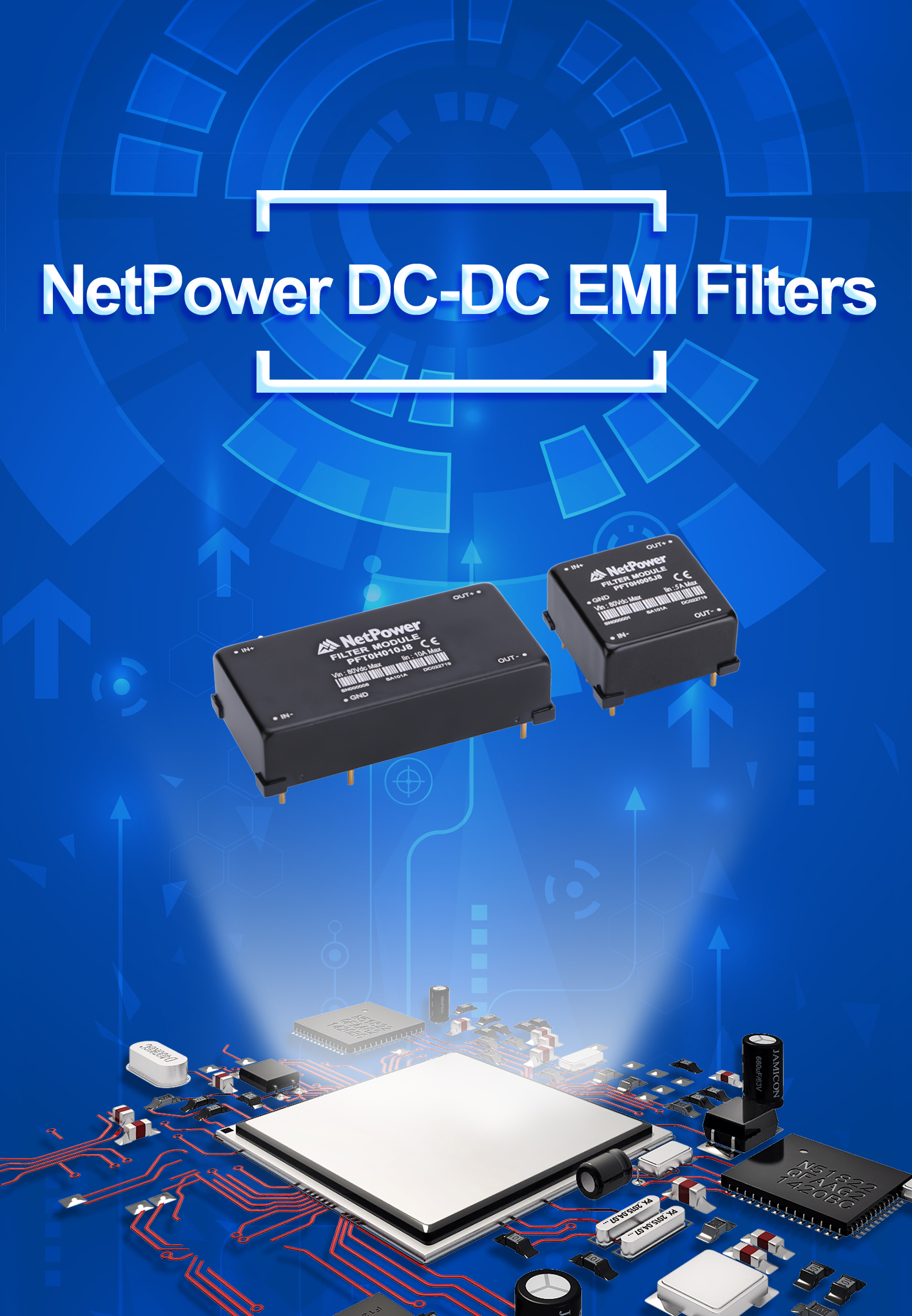Ćuk converter
Date:2019-04-30 00:10:46 Posted by:mrpower View:587Non-isolated Ćuk Converter
There are variations on the basic Ćuk converter. For example, the coils may share single magnetic core, which drops the output ripple, and adds efficiency. Because the power transfer flows continuously via the capacitor, this type of switcher has minimized EMI radiation. The Ćuk converter allows energy to flow bidirectionally by using a diode and a switch.
Operating principle[edit]

A non-isolated Ćuk converter comprises two inductors, two capacitors, a switch (usually a transistor), and a diode. Its schematic can be seen in figure 1. It is an inverting converter, so the output voltage is negative with respect to the input voltage.
The capacitor C is used to transfer energy and is connected alternately to the input and to the output of the converter via the commutation of the transistor and the diode (see figures 2 and 3).
The two inductors L1 and L2 are used to convert respectively the input voltage source (Vi) and the output voltage source (Co) into current sources. At a short time scale an inductor can be considered as a current source as it maintains a constant current. This conversion is necessary because if the capacitor were connected directly to the voltage source, the current would be limited only by the parasitic resistance, resulting in high energy loss. Charging a capacitor with a current source (the inductor) prevents resistive current limiting and its associated energy loss.
As with other converters (buck converter, boost converter, buck–boost converter) the Ćuk converter can either operate in continuous or discontinuous current mode. However, unlike these converters, it can also operate in discontinuous voltage mode(the voltage across the capacitor drops to zero during the commutation cycle).
Continuous mode[edit]
In steady state, the energy stored in the inductors has to remain the same at the beginning and at the end of a commutation cycle. The energy in an inductor is given by:
{displaystyle E={frac {1}{2}}LI^{2}}
This implies that the current through the inductors has to be the same at the beginning and the end of the commutation cycle. As the evolution of the current through an inductor is related to the voltage across it:
{displaystyle V_{L}=L{frac {dI}{dt}}}
it can be seen that the average value of the inductor voltages over a commutation period have to be zero to satisfy the steady-state requirements.
If we consider that the capacitors C and Co are large enough for the voltage ripple across them to be negligible, the inductor voltages become:
-
in the off-state, inductor L1 is connected in series with Vi and C (see figure 2). Therefore {displaystyle V_{L1}=V_{i}-V_{C}}
. As the diode D is forward biased (we consider zero voltage drop), L2 is directly connected to the output capacitor. Therefore {displaystyle V_{L2}=V_{o}}
-
in the on-state, inductor L1 is directly connected to the input source. Therefore {displaystyle V_{L1}=V_{i}}
. Inductor L2 is connected in series with C and the output capacitor, so {displaystyle V_{L2}=V_{o}+V_{C}}
The converter operates in on state from t=0 to t=D·T (D is the duty cycle), and in off state from D·T to T (that is, during a period equal to (1-D)·T). The average values of VL1 and VL2 are therefore:
{displaystyle {bar {V}}_{L1}=Dcdot V_{i}+left(1-Dright)cdot left(V_{i}-V_{C}right)=left(V_{i}-(1-D)cdot V_{C}right)}
{displaystyle {bar {V}}_{L2}=Dleft(V_{o}+V_{C}right)+left(1-Dright)cdot V_{o}=left(V_{o}+Dcdot V_{C}right)}
As both average voltage have to be zero to satisfy the steady-state conditions, using the last equation we can write:
{displaystyle V_{C}=-{frac {V_{o}}{D}}}
So the average voltage across L1 becomes:
{displaystyle {bar {V}}_{L1}=left(V_{i}+(1-D)cdot {frac {V_{o}}{D}}right)=0}
Which can be written as:
{displaystyle {frac {V_{o}}{V_{i}}}={frac {-D}{1-D}}}
It can be seen that this relation is the same as that obtained for the buck–boost converter.
Discontinuous mode[edit]
Like all DC/DC converters Ćuk converters rely on the ability of the inductors in the circuit to provide continuous current, in much the same way a capacitor in a rectifier filter provides continuous voltage. If this inductor is too small or below the "critical inductance", then the inductor current slope will be discontinuous where the current goes to zero. This state of operation is usually not studied in much depth as it is generally not used beyond a demonstrating of why the minimum inductance is crucial, although it may occur when maintaining a standby voltage at a much lower current than the converter was designed for.
The minimum inductance is given by:
{displaystyle L_{1}min={frac {(1-D)^{2}R}{2Df_{s}}}}
Where {displaystyle f_{s}}
Isolated Ćuk converter[edit]
The Ćuk converter can be made in an isolated kind. An AC transformer and an additional capacitor must be added.[2]
Because the isolated Ćuk converter is isolated, the output-voltage polarity can be chosen freely.
As the non-isolated Ćuk converter, the isolated Ćuk converter can have an output voltage magnitude that is either greater than or less than the input voltage magnitude, even with a 1:1 AC transformer.
from: https://en.wikipedia.org/wiki/%C4%86uk_converter
BACKLogin
Enter your email address and password










